Cyber and physical security convergence combines digital and physical security to address common threats. This approach to security is so important in today’s connected world. Here we will delve into what convergence is, its benefits, and how to make it happen.
Key Takeaways
- Convergence integrates cyber and physical security to address the vulnerabilities of their interdependence to achieve better overall risk management.
- Key components like Cyber-Physical Systems and IoT devices are required for convergence to work. This provides real-time data analysis and a coordinated response to threats.
- Follow best practices like monitoring, incident response planning, and communication between departments for successful cyber and physical security convergence.
What is Cyber and Physical Security Convergence
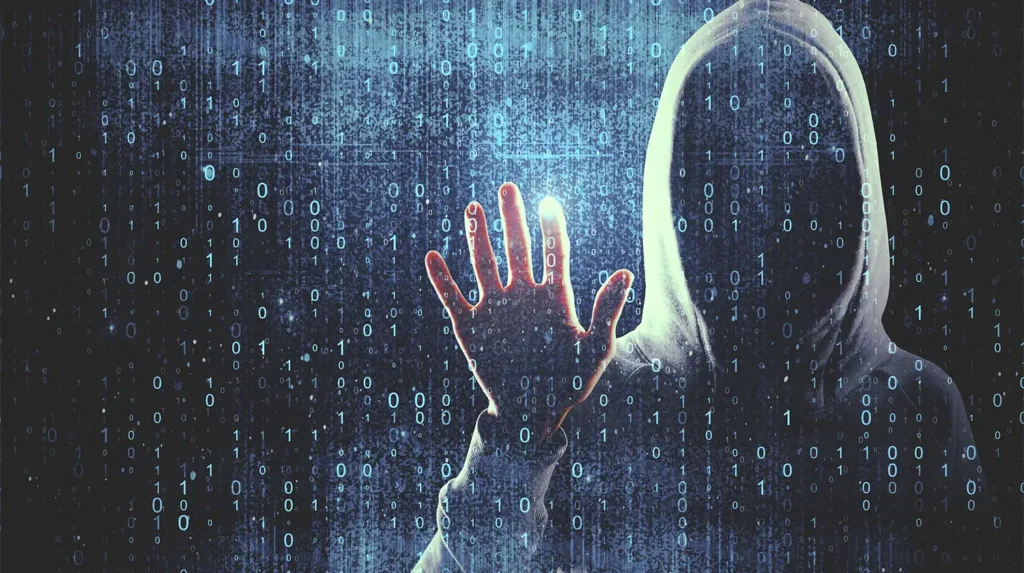
Convergence is the joining of cybersecurity and physical security functions to create a strong security posture. Historically these two have been managed separately with their own set of rules and objectives. However, with the increasing interdependence of cyber and physical systems, there is a need for a unified approach to security threats.
Cyber-physical risks are those that impact both the digital and physical worlds. Their convergence allows organizations to help protect against a broad range of threats from cyber-attacks on digital assets to physical intrusions on physical assets. Aligning both cybersecurity and physical security to organizational goals delivers a holistic approach to security.
Let’s get into the differences between cybersecurity and physical security and why they need to be combined.
Cybersecurity vs Physical Security
Cybersecurity is about protecting digital assets like networks, data, and IT infrastructure. It is designed to defend against cyber threats like malware, ransomware, and unauthorized access that can lead to big data breaches and operational downtime. Physical security helps protect physical assets like buildings, equipment, and people from threats like forced entry, vandalism, and unauthorized access.
Historically these two security domains have been managed separately, meaning physical security systems were managed separately from network firewalls and connected devices. However, this separation can create vulnerabilities as physical threats can impact digital security and vice versa.
For example, social engineering attacks or physical access breaches like tailgating can compromise physical and digital security. One approach can cover all the security threats.
Why Cyber and Physical Security Convergence is Required
As organizations get more connected, vulnerabilities in one area can have a big impact on the other. A cyber-attack on a network can take out security cameras or access control systems which can lead to a physical security breach.
Combining physical and cybersecurity helps eliminate the vulnerabilities that come from their interdependence. When separated, security gaps can occur because teams assume the other is covering the vulnerabilities. By converging them, you can protect against both digital and physical threats.
New threats like pandemics and geopolitical conflicts make convergence even more important. Hybrid attacks on physical and cyber assets are becoming more common. Cyber and physical security convergence is key for modern organizations to protect their assets and stay operational.
Cyber-Physical Systems Components
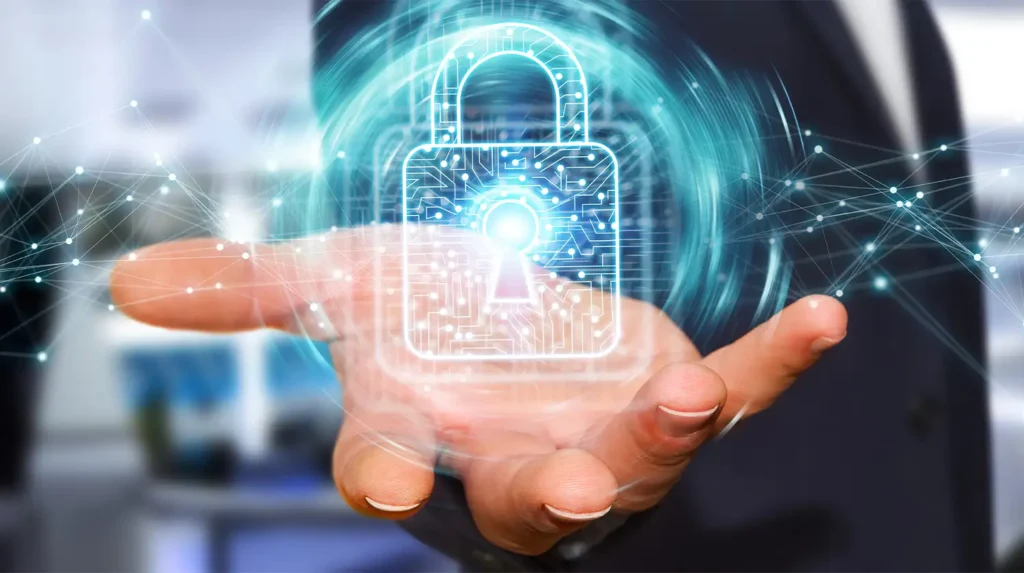
Cyber-Physical Systems (CPS) combine computational elements with physical processes, using real-time data for monitoring and control. They are the foundation of cyber and physical security convergence, allowing cyber and physical security functions to be integrated. The adoption and integration of Internet of Things (IoT) and Industrial Internet of Things (IIoT) devices has only made CPS more powerful, a mesh that can address both cyber and physical threats.
Integrated security platforms in CPS help better manage security threats by giving you one view of the risks and enabling response. This is key for organizations that want to protect both digital and physical assets.
IoT Devices in Cyber and Physical Security Convergence
IoT devices are the key to security by allowing real-time data collection and analysis. Smart cameras and sensors provide intelligence to respond to security threats. IoT and cloud-based solutions can help detect potential vulnerabilities and trigger alerts for quicker response to incidents.
To secure IoT devices use robust authentication methods like digital certificates and encryption. These can verify the device and protect data integrity and confidentiality in transit.
Cyber-attacks target physical infrastructure like video management systems and access control devices so securing IoT devices is key to your security posture.
Network Infrastructure
A strong network is key to communication between cyber and physical security systems. This network supports the many communication needs of IoT devices in cyber-physical systems so data can be sent securely and efficiently. Integrating the network makes security more cohesive and effective.
Cloud-based systems are a big part of this. They offer scalability and flexibility for security operations. They allow real-time monitoring and updates so security is always up to date and can respond to threats as they emerge.
Cyber and Physical Security Convergence Benefits
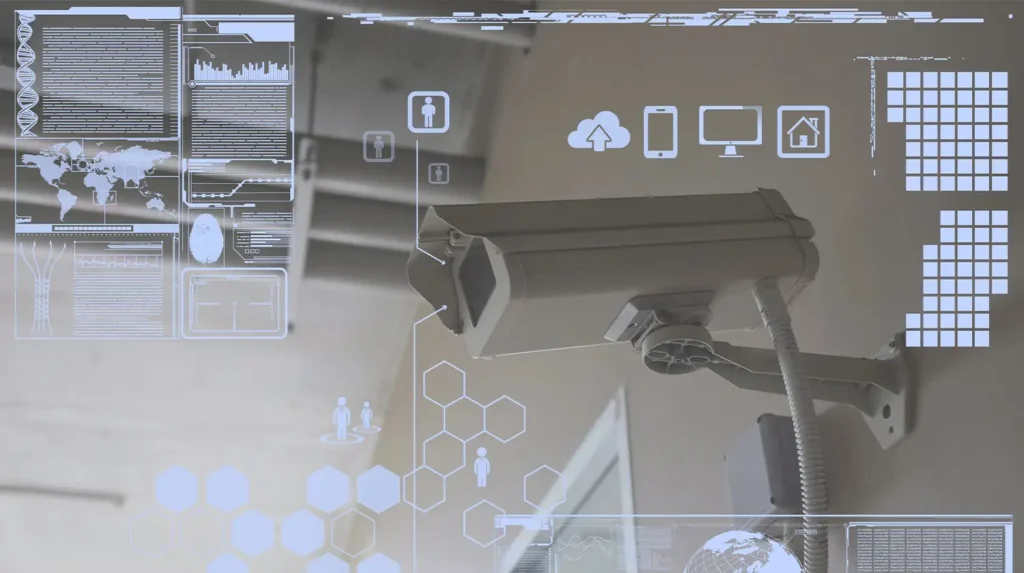
Merging cyber and physical security functions can make you more secure and more efficient. This convergence gives you visibility and control of your security environment so you can take a holistic approach to threat detection.
Threat Detection and Response
Integrated security systems give a single view of any risks. Proactive monitoring and alerting are key to detecting security incidents and responding quickly. Intrusion detection systems, for example, can help detect unauthorized access and trigger security protocols to stop the threat.
Physical threats are getting more and more sophisticated, and many are coming from cyberspace. As facilities focus on digital security, we can’t forget physical security which is still a big vulnerability. Physical threats can come from both internal and external sources:
- Internal Threats: These are employees or insiders stealing, damaging, or being negligent. Internal theft alone costs US businesses over $50 billion a year. Implementing access control devices, video surveillance and regular audits can help mitigate internal threats.
- External Threats: These are from outside the organization and include forced entry, break-ins, vandalism, and unauthorized access. External threats are often criminal in nature but can also be from internal employees who accidentally grant access to unauthorized people.
- Natural Threats: Floods, earthquakes, and fires can cause significant damage to facilities and disrupt business. Having an emergency preparedness plan and a physical security strategy is key to mitigating these risks.
- Emerging Threats: These are cyber breaches, the spread of diseases, increased aggression or violence, and other unknown risks. Mitigating these threats requires a convergence of physical and digital security to protect people, property, and data.
Simplified Access Control Systems
Only having authorized people in your building is one of the best security measures. There are various options depending on the area or threat level:
- Keycards or ID badges
- Key fob door entry systems
- Keypad locks
- Mobile-based credentials
These access control systems not only give you a secure way to control entry but also insight into daily traffic, failed access attempts, and potential threats. By monitoring access patterns, you can fix security vulnerabilities before they become a problem.
Restricted Areas
Some areas in a building like server rooms or areas with valuable equipment need extra protection. Restricting access to these areas to a select group of employees through Multi-Factor Authentic ation (MFA), unique PINs or biometric authentication ensures that only authorized people can enter. This adds an extra layer of accountability in case of theft or damage. Enhanced monitoring like panoramic security cameras or a manned security guard can further secure these sensitive areas, as a deterrent and evidence if needed.
Logging and Audit Trails
Logging access events is crucial for your building security. This records who used what credentials, when, and where, so you can spot unauthorized access or security holes. For example, failed login attempts or access with lost credentials will alert security teams to potential threats. In case of a security breach, these audit trails can help in investigation and identify weaknesses in the system.
Video Monitoring Systems
Most companies have surveillance systems in place to help protect their premises, but these systems do more than just record footage. Monitored systems can help detect intruders who may have beaten other security measures like perimeter security. Some can even detect natural disasters and alert them. These monitoring systems which can include motion detectors, security cameras, and fire alarms can be passive (just record) or active (monitored by security personnel). To be effective they should be integrated and monitored continuously.
Staff Members
While technology is important in physical security, human personnel are the ones who enforce and manage security. Security guards and receptionists can be gatekeepers, verifying the identity of people before allowing access. Patrols can monitor areas of the facility to make sure no unauthorized activity happens. But staff alone should not be the only line of defense. To be effective security should be supported by advanced technology like video surveillance, sensors, and access control systems.
Protection of Sensitive Data and Assets
Combining cyber and physical security can make for a more complete solution to help protect sensitive information and physical assets. Restricted areas in a facility like server rooms or spaces with expensive equipment need extra protection. Converged security can help restrict entry and deter data breaches.
A Converged Security Strategy
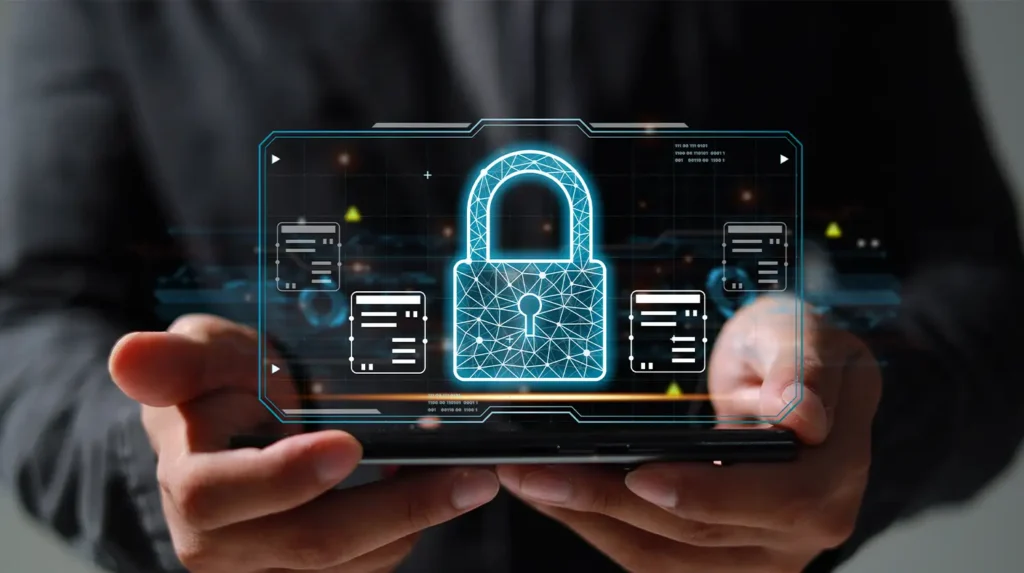
The first phase of building a cybersecurity framework is to identify and categorize assets, risks, and vulnerabilities. To help protect those assets and data, organizations can implement encryption and access controls.
Facilities can keep their tech up to date during cyber and physical security convergence by using converged tech as part of tech stack refresh. An experienced technology integrator can help merge old technology with new solutions and make it all work together. Transparency across departments is key to a successful cyber and physical security convergence strategy, collaboration, and security management.
Security Assessment
Security audits are an effective way to find vulnerabilities and maintain a good security posture. Regular cyber and physical security assessments help find weaknesses and improve overall defense. CISA recommends all companies “Consider performing a security assessment. If you are unable to perform the assessment internally, seeking out a third-party assessment to identify security vulnerabilities may help identify your ideal path to converged security operations.”
Setting Clear Objectives
Getting stakeholder buy-in and alignment on converged security is key. Converged security can overcome challenges if planned and executed correctly. Cyber and physical security together can make you more resilient to threats and better able to adapt to new threats.
Communication channels must be clear for physical and cyber security convergence teams to collaborate. Having a formal security operations center (SOC) helps cyber and physical security teams work together and respond to security incidents.
Advanced Technologies
AI and cloud-based solutions are needed to integrate cyber and physical security. AI tools can speed up security assessments by automating threat detection, consolidating systems, and triggering alerts. This helps make security monitoring more effective and enables quicker response to potential threats.
Cloud solutions provide timely updates and protection against new threats. They offer scalability and flexibility so you can adapt your security operations to changing needs. Advanced technology can make security monitoring easier and more effective.
Overcoming Challenges in Converged Security
Converged security isn’t without its challenges. Organizational unpreparedness and initial implementation are the biggest barriers to successful converged security. Multi-site brands have the challenge of managing and monitoring multiple cameras across different sites, making security harder. IoT devices are also vulnerable as they often don’t have robust security, making them an entry point for attackers.
To find and limit vulnerabilities in cyber-physical systems you need to converge physical security with cybersecurity. Good cybersecurity is based on awareness and proactivity. It empowers security teams to handle physical and digital threats. Visibility and control over physical and digital assets are key to mitigate risk from security breaches.
Cyber and physical security convergence can help manage multiple sites, budget constraints, and role confusion within security teams. Resource allocation is key to managing multiple security technologies in a converged security environment.
Privacy Concerns
As organizations converge physical and cyber security, privacy becomes more critical. Constant monitoring makes people uncomfortable as privacy is breached. AI used for monitoring can invade privacy through facial recognition and targeted surveillance and raise ethical and legal questions.
To address this, organizations should have clear privacy policies and be transparent on how data is used and shared. Limit access to sensitive data and use encryption to protect personal info and build trust.
Organizational Readiness
Cyber and physical security convergence readiness means all stakeholders are on the same page. Training helps employees understand the security protocols so they can manage converged systems. Staff need to be trained in cyber and physical security convergence, which involves ongoing education on new technology and security threats.
Regular training and awareness programs should cover physical and cyber security so employees can handle both. Change management is key to smooth security process transitions during convergence.
Converged Security Best Practices
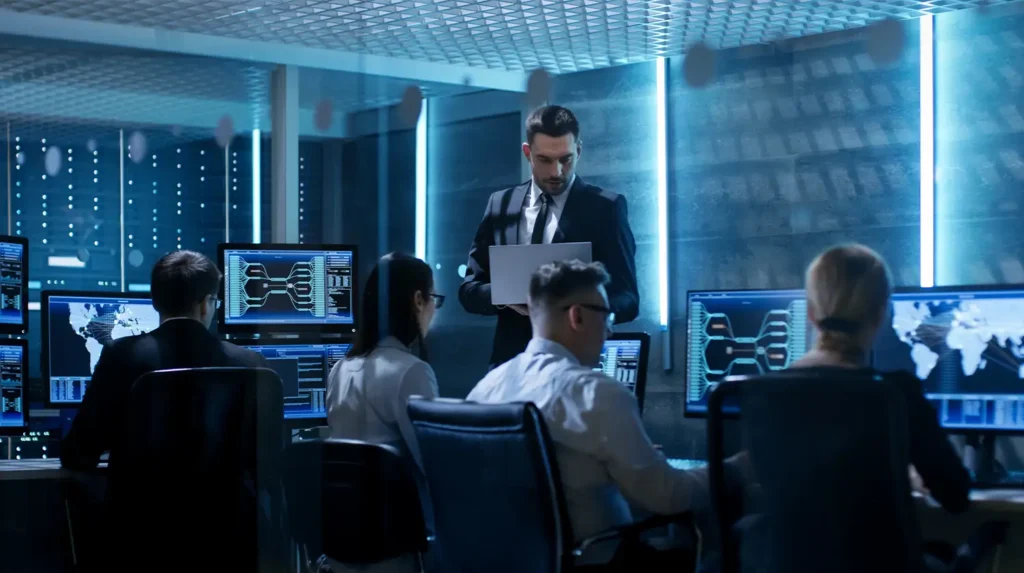
To achieve cyber and physical security convergence, you need to follow best practices that cover communication, collaboration, monitoring, and incident response. Interdepartmental collaboration is key to a converged security strategy. Cyber and physical security teams must align to respond to cyber-physical threats.
Communication and Collaboration
Collaboration can help facilities avoid duplication of effort and investment. Having cybersecurity and physical security personnel involved in the planning process can improve your overall security position. A cyber and physical security convergence team ensures open sharing of information between cybersecurity and physical security teams, so everyone is on the same page.
Sharing threat information between physical security and cybersecurity teams can help bolster protection.
Monitoring and Maintenance
Vulnerability assessments must be done regularly to find and fix security threats. Continuous monitoring is key to ensuring security systems are working and performing optimally. Video monitoring should be integrated and monitored to be effective.
Regular maintenance of security systems, including updates and patches can keep them working and secure from new threats.
Incident Response
Preparedness for fast, slick, and efficient responses to incidents is important for both cyber and physical security. An incident response plan should have:
- Response protocols
- Communication guidelines
- Reporting procedures
- A stakeholder map
An incident response plan should also have regular drills and training to ensure all security teams are prepared for different scenarios, including natural disasters and ransomware attacks. A good incident response plan can help make your facility more resilient to security threats and can help you recover faster from incidents.
Stealth Monitoring and GardaWorld: The Solution
When it comes to protecting your assets, people, and facilities, Stealth Monitoring and GardaWorld provide leading-edge solutions that combine both physical and digital security strategies.
Stealth Monitoring, a GardaWorld company, offers advanced video surveillance systems with real-time monitoring, AI-driven analytics, and active threat detection to proactively identify and address potential security breaches. Their video surveillance systems can provide 24/7 coverage, reducing the risk of crime and allowing businesses to respond quickly to incidents.
GardaWorld provides highly trained security personnel, mobile patrol services, and onsite guards to enhance security coverage. Their teams are equipped with the latest technology and protocols to ensure a swift response to any threats. By integrating GardaWorld’s security services with Stealth Monitoring’s video surveillance, businesses can create a comprehensive, multi-layered security approach that offers both proactive monitoring and physical protection.
Conclusion
In today’s connected world, merging cyber and physical security is not just good to have but necessary. This integration enables a facility to detect threats faster, have better control of access, and defend sensitive data and physical assets.
Every organization has unique physical security needs, and there is no one-size-fits-all solution. Conducting a thorough risk assessment and consulting with a professional is essential for designing a security system that meets the specific needs of your business.
As the line between physical and digital security continues to blur, Stealth Monitoring and GardaWorld stand as trusted partners to help you navigate these challenges, ensuring that your assets, data, and people are fully protected.
Contact us to learn more about proactive security solutions to help protect your valuable assets.
Frequently Asked Questions
What is cyber and physical security convergence?
Security convergence is the joining of cyber and physical security functions to address threats across both spaces. This is a holistic approach to security.
What are the benefits?
Converged security means better threat detection and response, simplified access control, and better protection of sensitive data and assets. These benefits work together to give you a better security framework.
How do IoT devices help with cyber and physical security convergence?
IoT devices help by providing real-time data collection and analysis so you can respond to threats proactively. Ensuring robust authentication and encryption is key to securing these devices.
What are the challenges?
Organizations may face challenges such as unpreparedness, privacy issues, managing multiple sites, budget constraints, and role confusion among security teams.
Addressing these challenges requires effective strategies and appropriate resource allocation.

